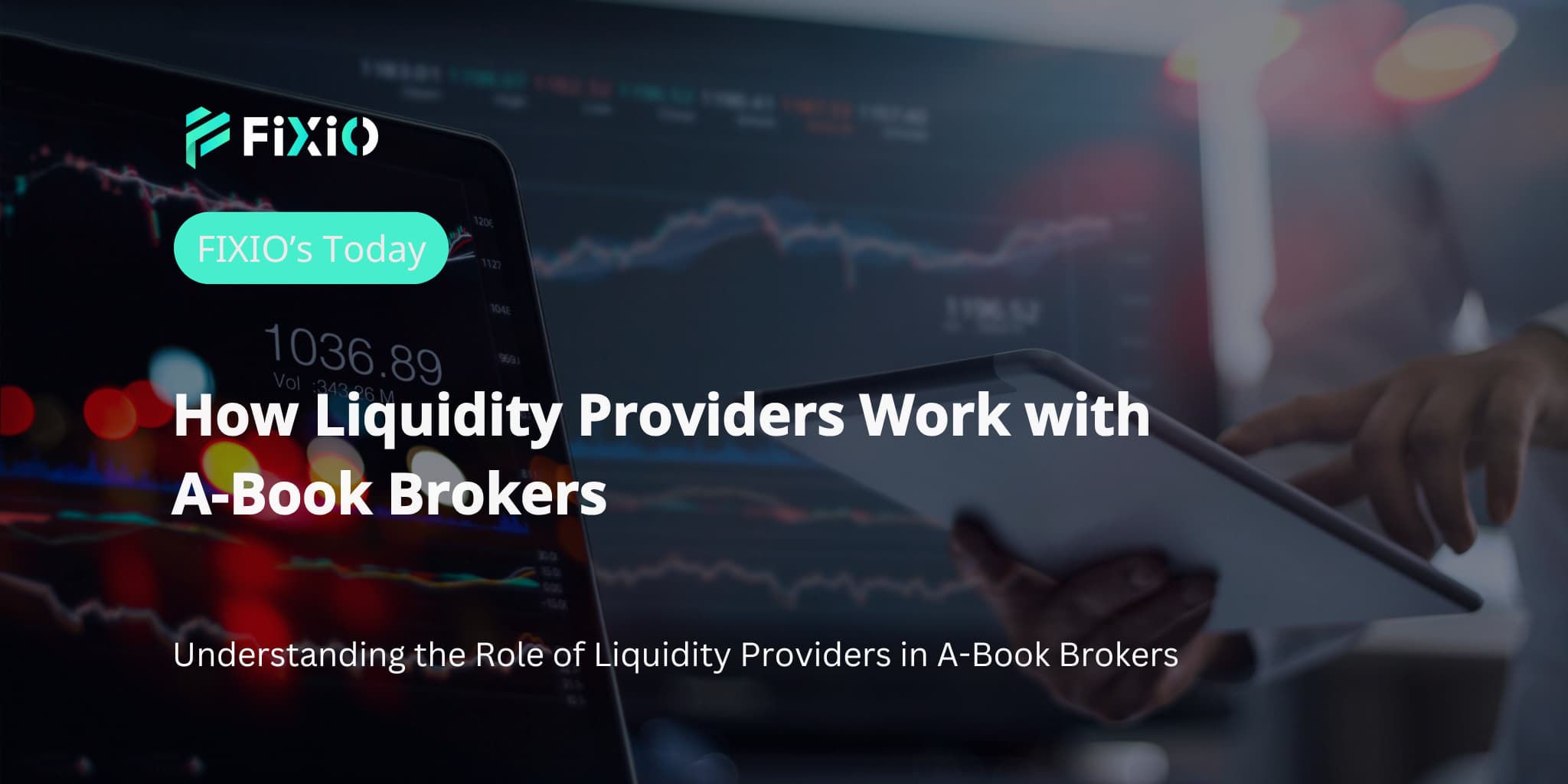
Traders often seek brokers who offer transparency and fairness. That’s why many prefer A-Book brokers, who route trades directly to the market. These brokers don't profit from client losses. Instead, they work with liquidity providers to ensure efficient order execution. Liquidity providers include major banks and institutions that create a stable, active market. Without them, trade execution would be slow, costly, and unpredictable.
By aggregating bid and ask quotes from multiple providers, brokers can deliver tight spreads and fast execution. These spreads—small differences between buy and sell prices—matter because they affect trading costs. Learn more about spreads here. With a deep pool of liquidity, even large orders can be filled without excessive price movement. This setup helps traders avoid slippage, which is when trades are executed at a different price than expected. Here’s a simple definition of slippage.
A-Book brokers use two main technologies to connect with liquidity sources: ECN and STP. An Electronic Communication Network (ECN) links brokers directly with banks and other traders. This creates a true marketplace where orders are matched at the best available prices. ECN systems often result in faster trade execution and lower spreads.
On the other hand, Straight-Through Processing (STP) automatically routes client orders to selected liquidity providers. There’s no dealing desk, and no manual intervention. Both systems aim to provide real-time access to market prices. As a result, traders benefit from fair pricing and quick execution—key features of A-Book brokers.
When choosing a broker, it’s essential to understand their liquidity provider relationships. Well-connected brokers often partner with top-tier banks like JPMorgan, Citibank, or Deutsche Bank. These are known as primary liquidity providers. They offer high volume and reliable execution, which is crucial during periods of market volatility. Secondary providers also add value by increasing market depth. While their volume may be lower, they provide pricing variety.
A broker’s access to multiple providers means you’re more likely to get the best price available. This also reduces execution delays. Low latency—meaning faster data transmission—helps especially if you use high-frequency strategies. At FIXIO, we work with various capital providers to deliver these benefits. Our non-dealing desk model ensures that your trades go directly to the market. No markups, no hidden fees—just transparent access through A-Book brokers like us.
Here’s how it works in real life. You place an order via FIXIO’s platform. The system routes it instantly using ECN or STP. It then checks multiple providers for the best price. Once matched, the trade is executed and settled quickly. This ensures speed, fairness, and transparency at every stage. You’ll see the result right in your account, with full trade details.
For a better understanding of terms like leverage or pips, Investopedia offers excellent guides. You can also browse our Forex blog archive for updated analysis and trading tips. With FIXIO, you get fair market access, reliable execution, and support every step of the way.
Learn how A-Book brokers work with liquidity providers to ensure fast, fair, and transparent forex trade execution.
Superior trade execution & trading conditions with the NDD method.

The online FX industry provides a platform for investors worldwide to engage in the buying and selling.

Subscribe to our daily newsletter and get the best forex trading information and markets status updates
Trade within minutes!
Comment (0)